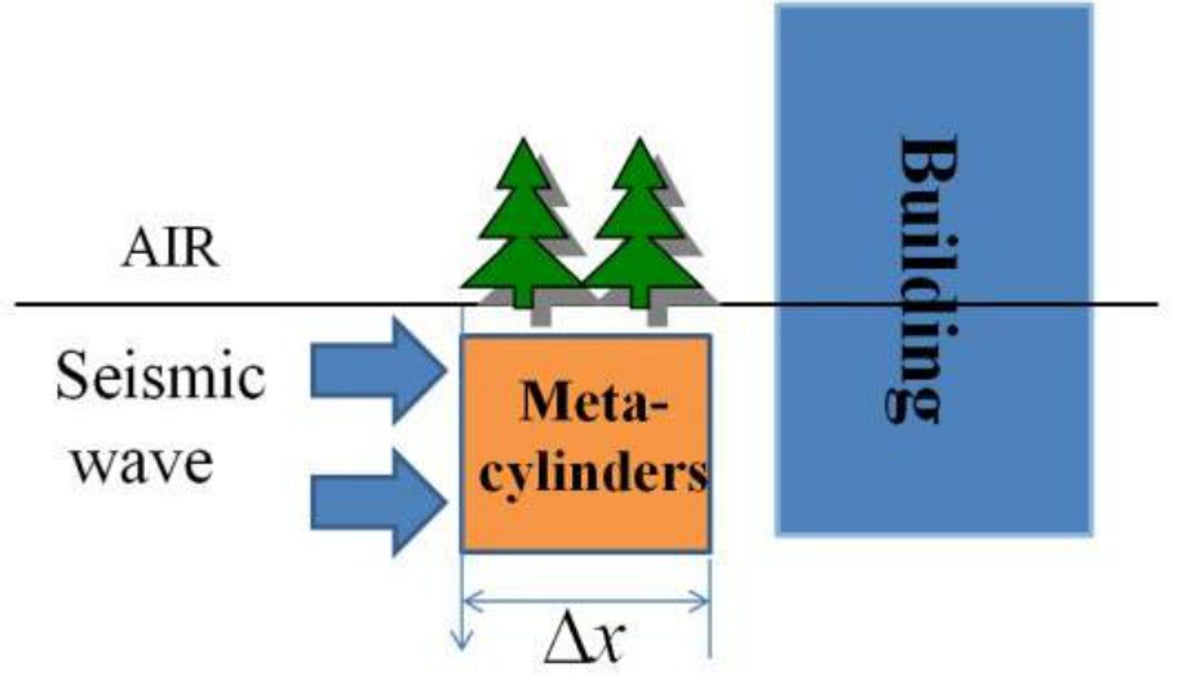'Invisibility' cloak could dampen blow from earthquakes
Researchers say giant rubber cylinders coated with special wave-scattering materials could act as a "seismic waveguide" and dissipate the punch from earthquakes.

Crucial structures such as power plants and dams could be protected from earthquakes by surrounding them with specially designed rubber cylinders, according to researchers.
A team from the University of Manchester's School of Mathematics yesterday proposed creating barriers that would "cloak" buildings from the seismic waves of earthquakes. The researchers applied the same techniques that others have on scattering waves of light to render objects invisible.
In a paper published last week, the researchers say that artificially engineered materials, called metamaterials, have the potential to safeguard critical buildings and other structures such as airport terminals and bridges better than existing techniques. These materials would effectively convert the destructive seismic waves into a different type of wave whose intensity dissipates quickly.
To put the theory into practice, the team proposes creating cylinders with specially treated rubber that would be placed in the ground around a structure. When the seismic waves from an earthquake cause vibrations, the waves would not "see" the building and largely pass around the structure, the University of Manchester team said. The energy from the seismic wave would be converted into sound and heat energy, they said in the paper.
"Five or six years ago scientists started with light waves, and in the last few years we have started to consider other wave-types, most importantly perhaps sound and elastic waves. The real problem with the latter is that it is normally impossible to use naturally available materials as cloaks," said professor William Parnell in a statement. "We showed theoretically that pre-stressing a naturally available material--rubber--leads to a cloaking effect from a specific type of elastic wave."
The group suggests this type of metamaterial barrier would be used for isolated buildings or those with high social value, such as nuclear reactors and transportation infrastructure.

